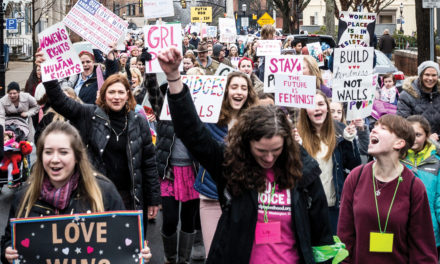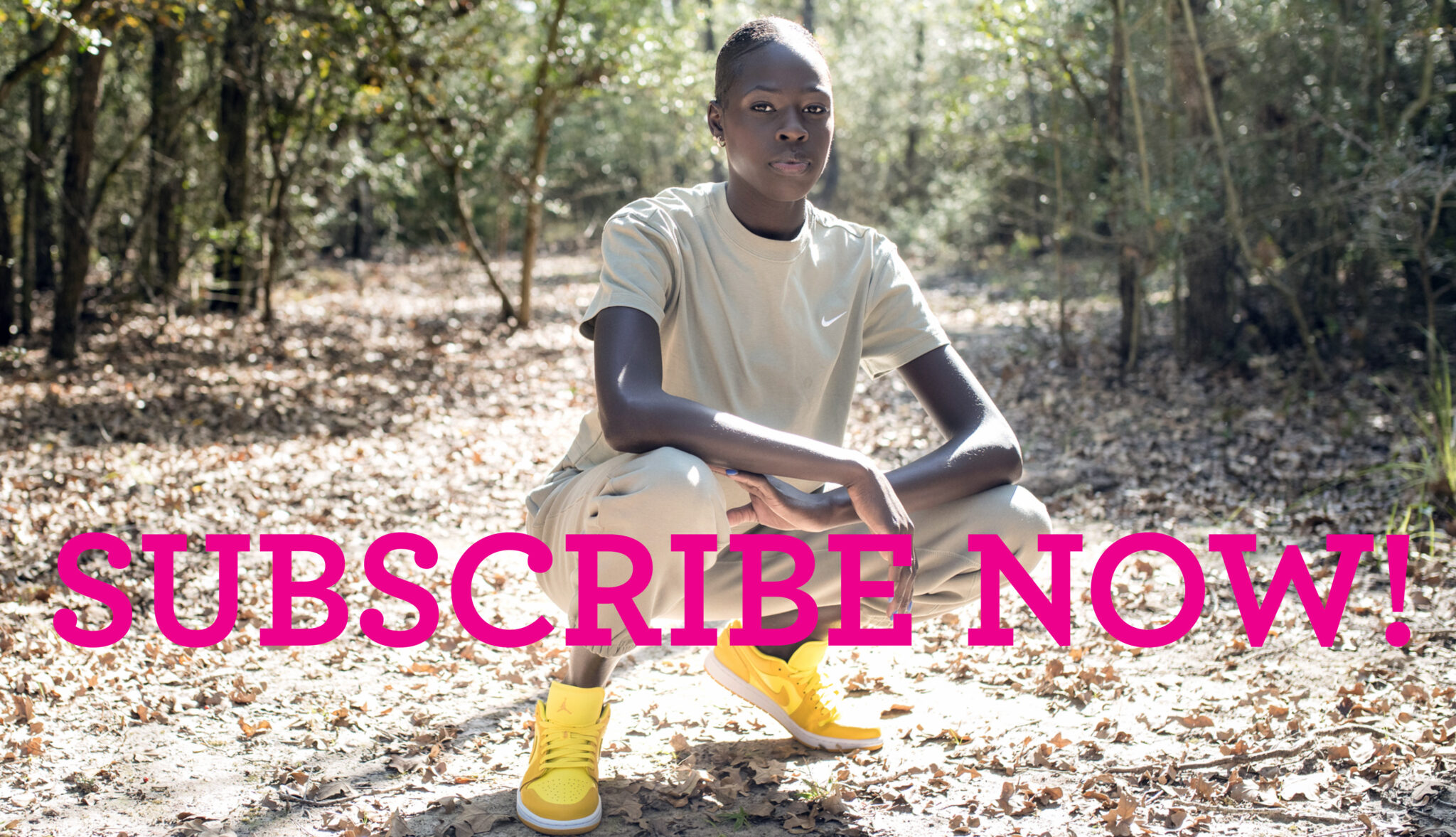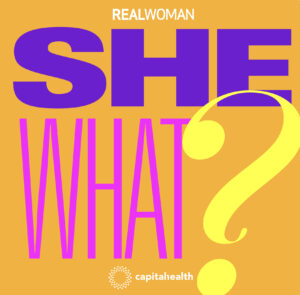I wasn’t a runner my whole life, but in 2008 I decided to start by joining my husband on some of his runs. I began with a 10-miler and then a half-marathon and eventually worked my way up to full marathon. Now I’ve finished four.
When my middle daughter was in kindergarten at Hopewell Elementary School, there was a boy in her class who was diagnosed with cancer. To raise money for him and his family, the community organized a group called Trails for Tommy. A group of about 15 women started running together to train and eventually run in that race. We still run together, doing various long-distance races throughout the year. This year, although I decided not to run in the Poconos Run for the Red Marathon, I went to support my friends and ended up running alongside my friend Shelby from mile 15 to the finish (26.2 miles).
It was extremely hot for a marathon—about 85 degrees with high humidity. Around mile 21, we saw a man down on the ground with several police officers standing around him as we ran past. He didn’t look good, and I just felt compelled to stop. Police officers were working on getting an ambulance to the scene. There was a woman talking to him, calling him John because that was the name on his race bib. As a nurse, I could tell by his color that the situation was critical. I asked if he was breathing, what was his heart rate, and nobody really could give me a clear answer. So I got down on my knees and felt for a heart rate, but couldn’t find one, so I just started doing chest compressions.
After one round, I felt to see if he was breathing, and he wasn’t. So I initiated rescue breathing (mouth to mouth). Since there were no automated emergency defibrillators (AED), I just continued the chest compressions and the rescue breathing for about 8 to 10 minutes. People were standing around him saying, “Come on, John,” “Hang in there, John,” and “You can make it, John.”

Someone had called for an ambulance, but it was taking a while because we were in a remote area. I just kept doing CPR until another police car arrived, finally, with the AED. I said, “Give it to me.” I turned it on and put the pads on his chest. They’re designed to assess the rhythms and then deliver a shock if necessary. I put the stickers on, and then I had to “clear” everybody. I waited for direction from the AED and it said, “Shock advised, deliver shock,” so I did. Sometimes one shock restores a person’s normal heart rhythm; sometimes it doesn’t. So we waited for direction from the AED. It just said, “Resume CPR.” So I continued chest compressions and rescue breathing because we were still waiting for an ambulance. I got through one more cycle of chest compressions and breaths, and the ambulance got there. I helped them get him on the stretcher, and they put him in the ambulance.
After they took him away, one of the police officers looked me in the eye and thanked me. And that was it! I didn’t know what to do, so I caught up with Shelby, who was pretty shaken, and we ran the rest of the race. After we crossed the finish line and met up with our friends who had run the marathon and were waiting for us. They were all in disbelief when they heard what happened. They said, “Don’t you want to know what happened to him? And I said, “We’ll find out eventually.” I really did not have a good feeling, just because he never really responded and his color was so bad. But my friend Megan dragged me over to a race official and said, “This is the person who did CPR on the man who was down. Do you know anything?” The guy looked at me and smiled, and he said, “He survived,” and we were just very grateful.
The next morning, I emailed somebody from the race to find out how he was doing. She passed along an article about him, so I found out his name—John Burrows—and I forwarded the link to all the women that I had been with. One of them called me 2 seconds later and said, “You’re never going to believe this, but he lives in Hopewell, too!” It turned out his daughter, Nora, was about to graduate from high school with my stepson, Brady.
John called me a few weeks later and asked me to tell him what I had seen and what I had done. He was very grateful, because I don’t think at that point he really had a clear picture of exactly what had gone on. Then I met him and his wife at Nora and Brady’s graduation.
John had a 100 percent blockage in a coronary artery and had a stent placed in the cardiac catheterization laboratory of the hospital. But he is doing great now. He was very fit to begin with. He’s been through cardiac rehab, and now he is back with his running group again. A few weeks ago, our running groups met, and and John joined my running group for 8 miles, which was the first time he had run that far since his heart attack.








